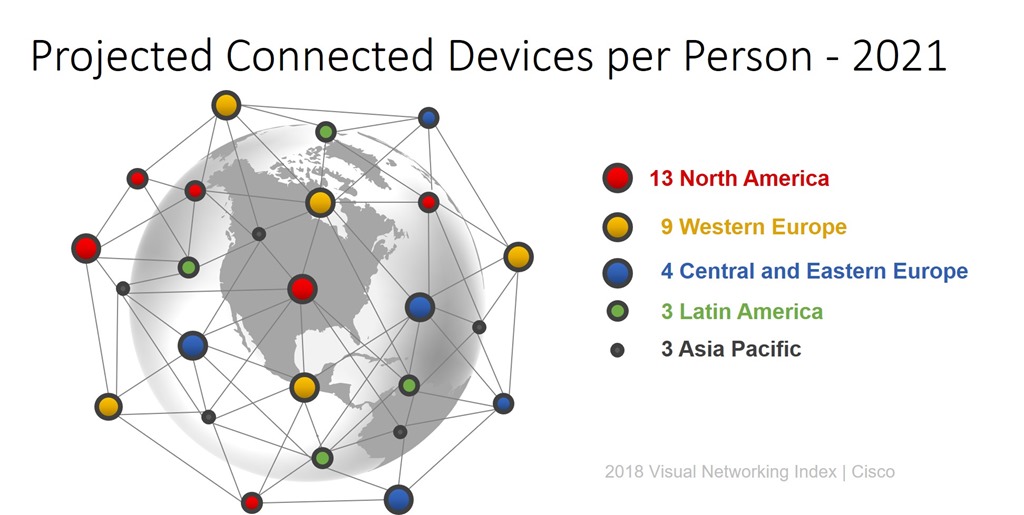O endereço IP como identidade é segurança lenta
Também é amplamente ineficaz
A Internet funciona em grande parte graças ao DNS. A capacidade de associar um site a um endereço IP — necessária para rotear solicitações e respostas pela Internet — é o que, em última análise, torna a Internet utilizável. A maioria dos usuários provavelmente não tem a mínima noção do que é endereçamento IP. Porque cheese.com é muito mais fácil de lembrar.
Mas essa associação – de uma identidade singular com um endereço IP – está agora tão arraigada em nossas cabeças que tendemos a aplicá-la a outras áreas da tecnologia. Mesmo quando é totalmente ineficaz.
Como segurança.
Antigamente, os endereços IP eram coisas relativamente fixas. As rotas eram flexíveis e os endereços IP, na maior parte, permaneciam onde eram atribuídos. Hoje, no entanto, endereços IP são como doces. Eles são distribuídos e comercializados com mais frequência do que SPAM chega à minha caixa de entrada.
A nuvem mercantilizou a rede. Os endereços IP são meus somente enquanto o recurso ao qual foram atribuídos estiver em serviço. Os dispositivos móveis também desempenharam um papel na transformação de endereços IP em octetos praticamente sem sentido. Uma busca rápida revelará uma variedade de dramas técnicos nos quais uma empresa legítima que executa um aplicativo em uma nuvem pública foi bloqueada automaticamente por listas de bloqueio porque o cessionário anterior daquele endereço IP o usou indevidamente.
Adicione a isso a casa moderna e conectada, com seu número crescente de dispositivos dependentes da Internet, e não há absolutamente nenhum valor em associar endereços IP a qualquer coisa ou pessoa individual.
A segurança tradicional que depende de endereços IP – geralmente por meio de listas de negação e bloqueio – falha diante dessa flexibilidade.

Portanto, não é surpresa quando surge um relatório observando que a capacidade de mudança de IP de bots maliciosos dificulta sua identificação e bloqueio. Principalmente aqueles bots que se anexaram a um dispositivo móvel.
Usar endereços IP como base para identificar qualquer coisa – dispositivos, bots, usuários – é preguiçoso. É o dado mais simples de extrair, sim, mas também é o menos confiável.
Isso não é novidade. O setor de segurança da informação vem pregando há vários anos que as técnicas tradicionais baseadas em assinaturas não vão mais nos proteger. Isso ocorre porque eles se baseiam na premissa de que os maus atores são reconhecíveis; que sabemos como eles são. Embora isso seja verdade, só se aplica aos ataques de ontem . Isso não nos ajuda muito no ataque de amanhã , porque não temos ideia de como será.
Combinado com o uso crescente de criptografia de ponta a ponta por tudo – incluindo malware – as opções de segurança tradicionais ficam na dúvida se qualquer interação é legítima ou maliciosa. Tornadas cegas pela criptografia, as soluções baseadas em assinaturas se tornam pouco mais que solavancos no fio. Sem a capacidade de inspecionar o tráfego, a segurança na rede é uma tecnologia em extinção, que os bots desprezam ao passarem por você para fazer um lar entre seus recursos.
É preciso um esforço mínimo para usar apenas endereços IP para identificar endpoints. Quando combinado com informações como o agente do usuário de um cabeçalho HTTP (que é uma entrada do usuário e inerentemente não confiável), há melhorias quase imperceptíveis no sucesso. Com o poder de processamento disponível hoje, não há razão para não levarmos alguns microssegundos para extrair das conexões e interações uma gama mais ampla de características das quais podemos deduzir, se não a identidade, pelo menos a intenção .
Usar apenas endereços IP ou assinaturas não é suficiente para proteger aplicativos e redes contra infiltrações. Análise comportamental, resposta a desafios e inspeção profunda precisarão ser usadas juntas para efetivamente separar o ruim do bom.
